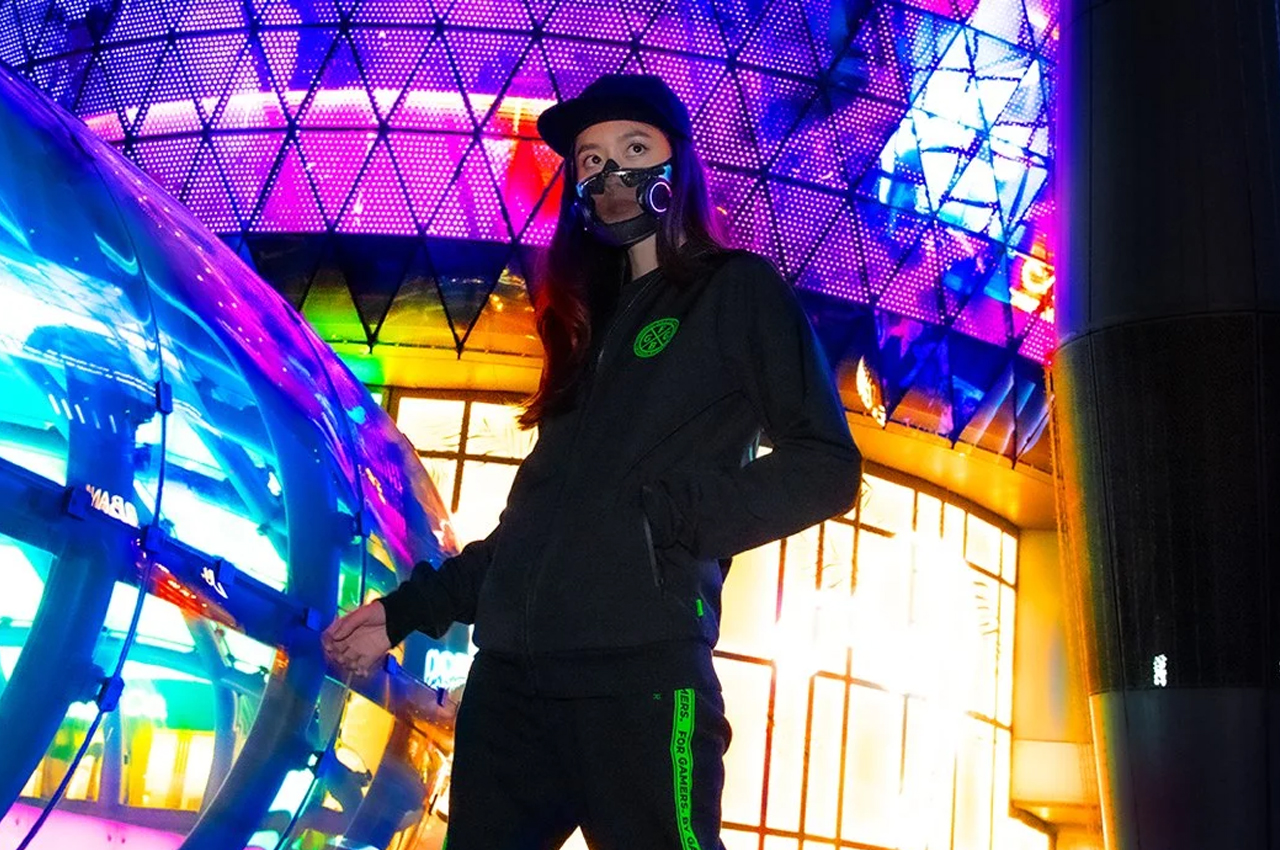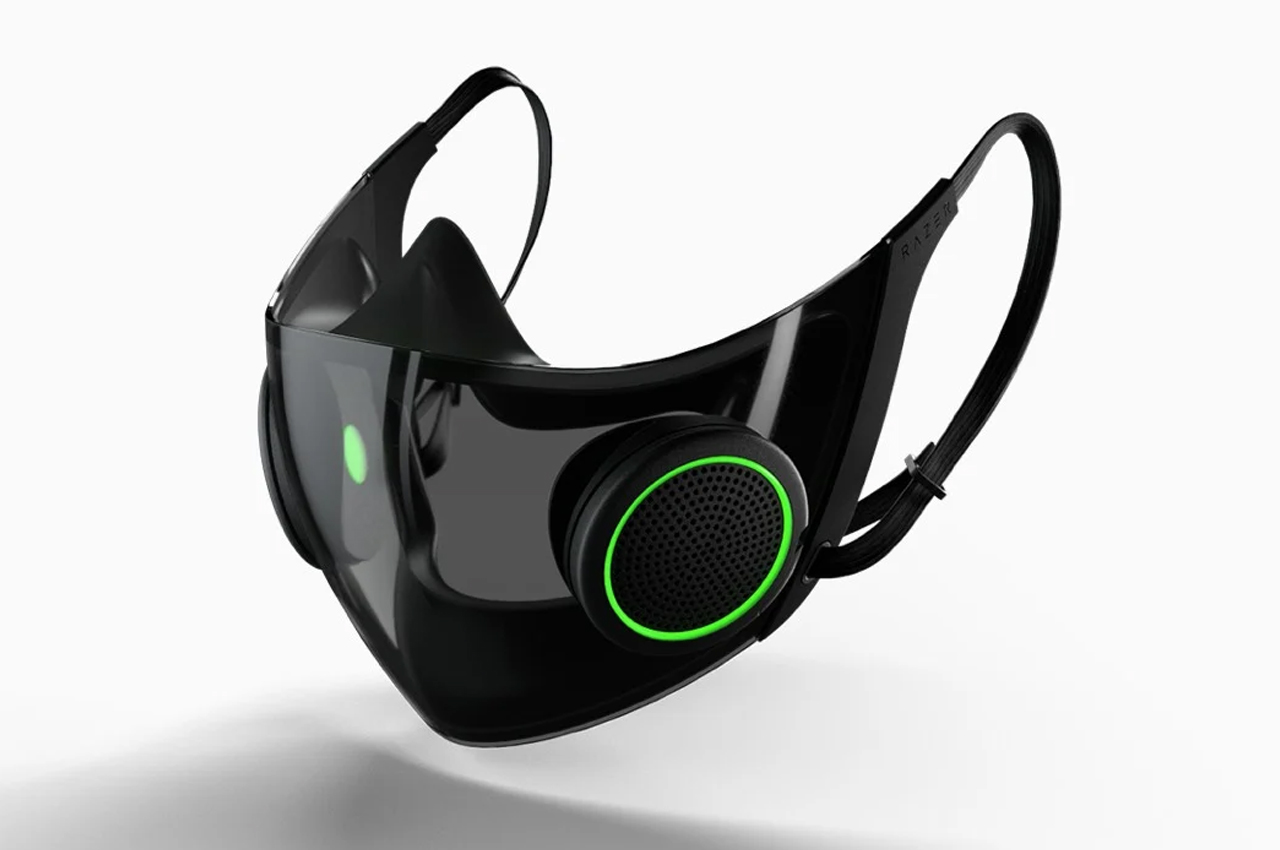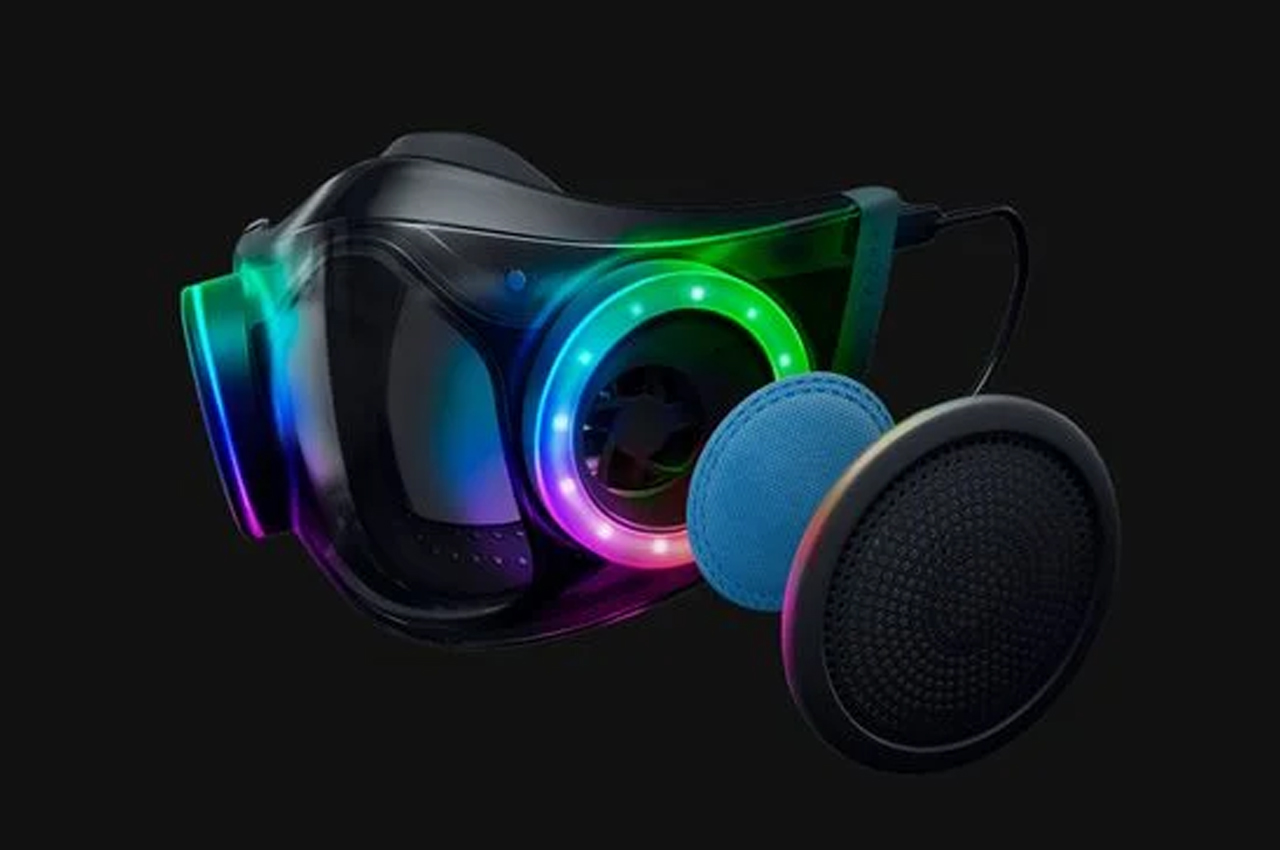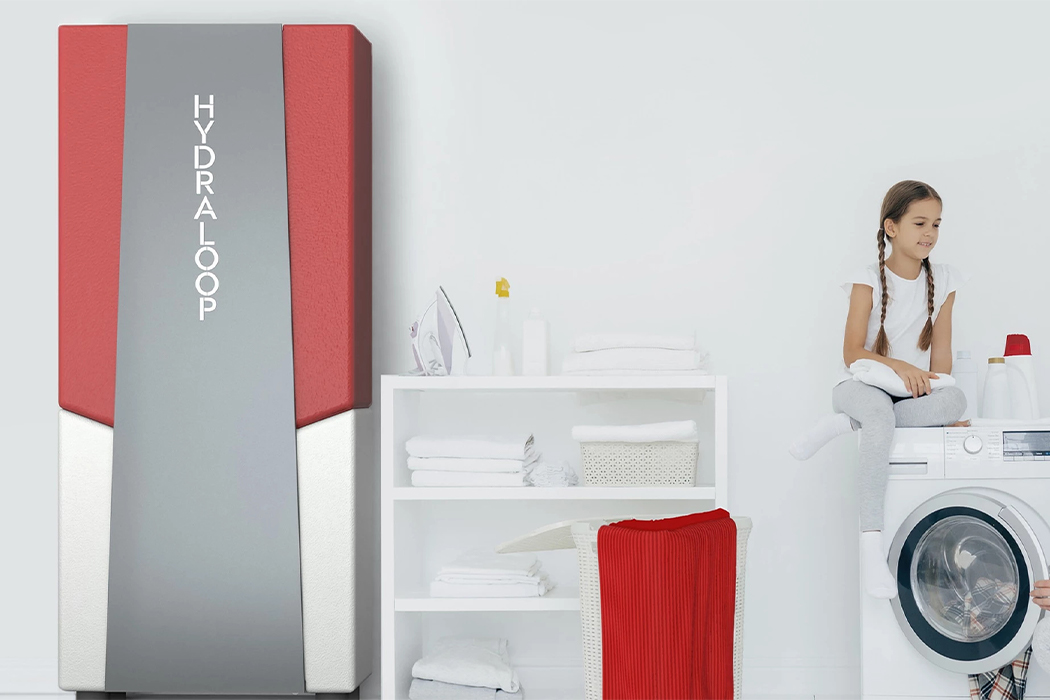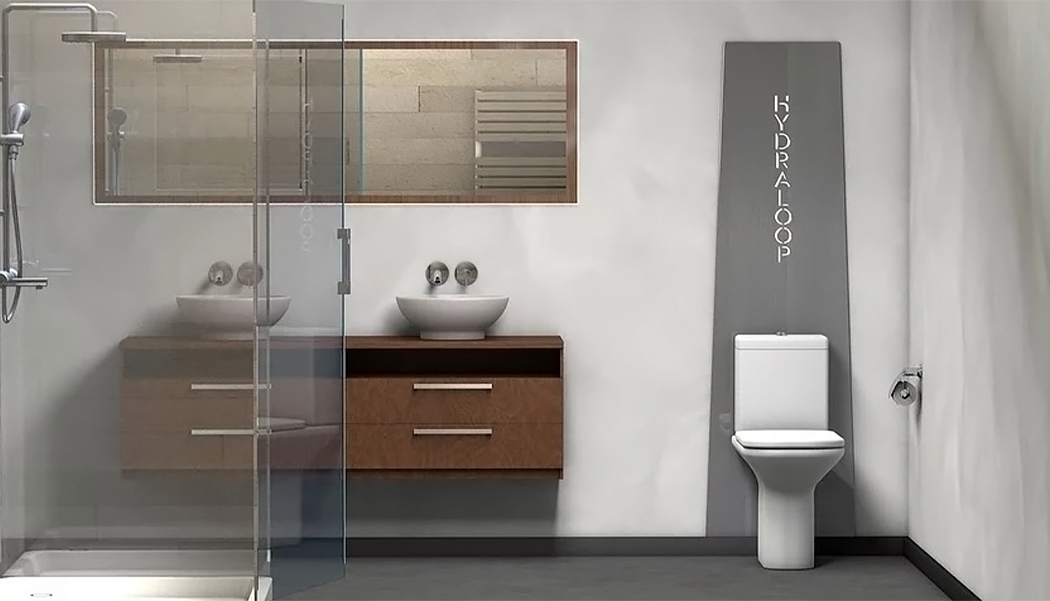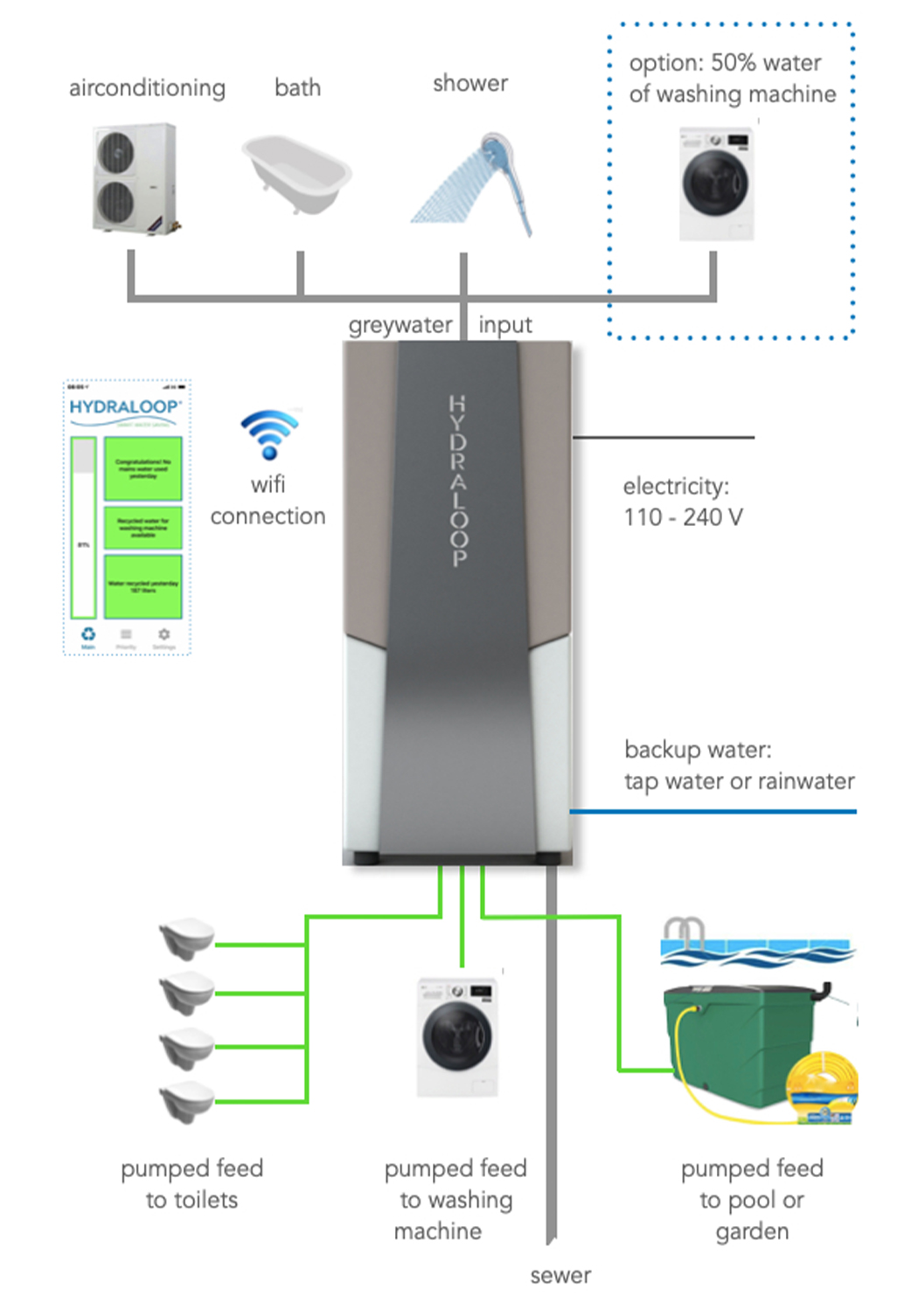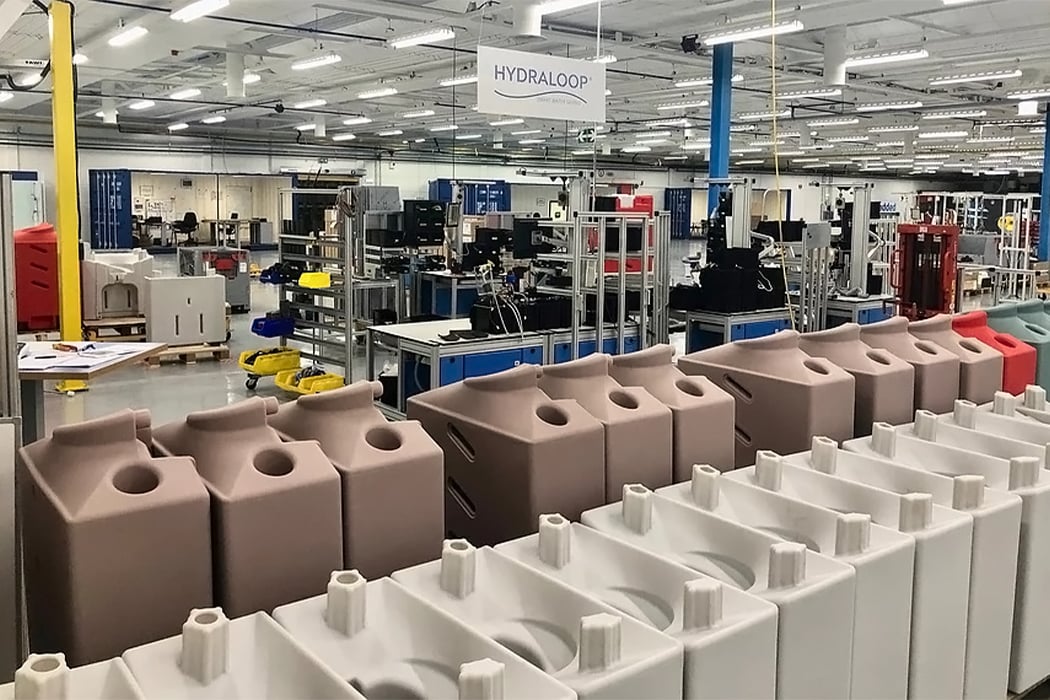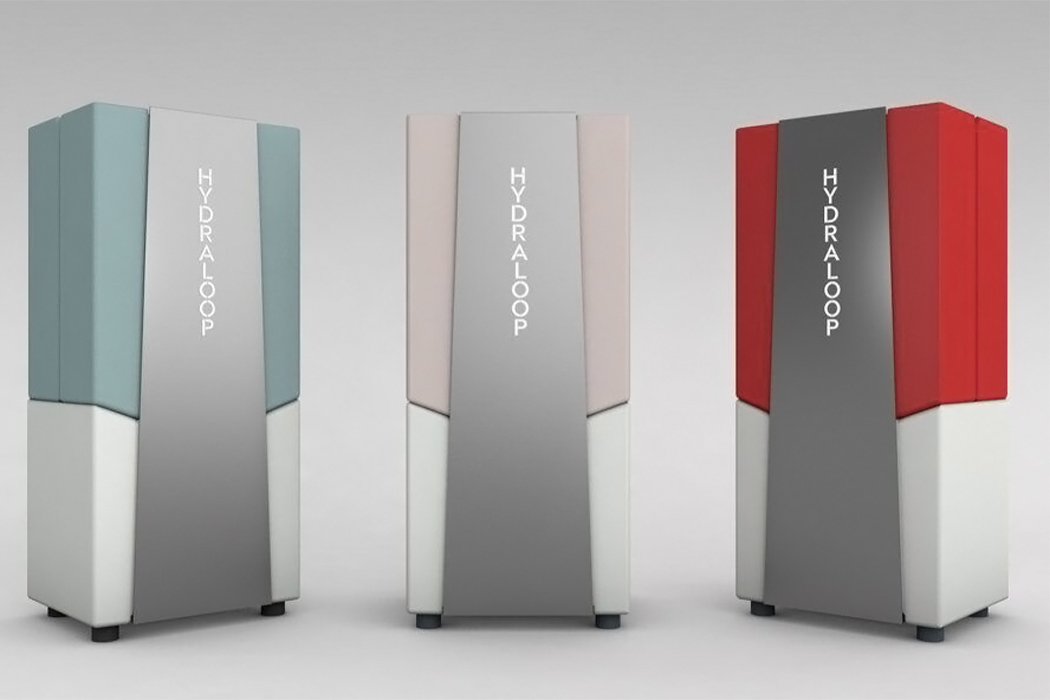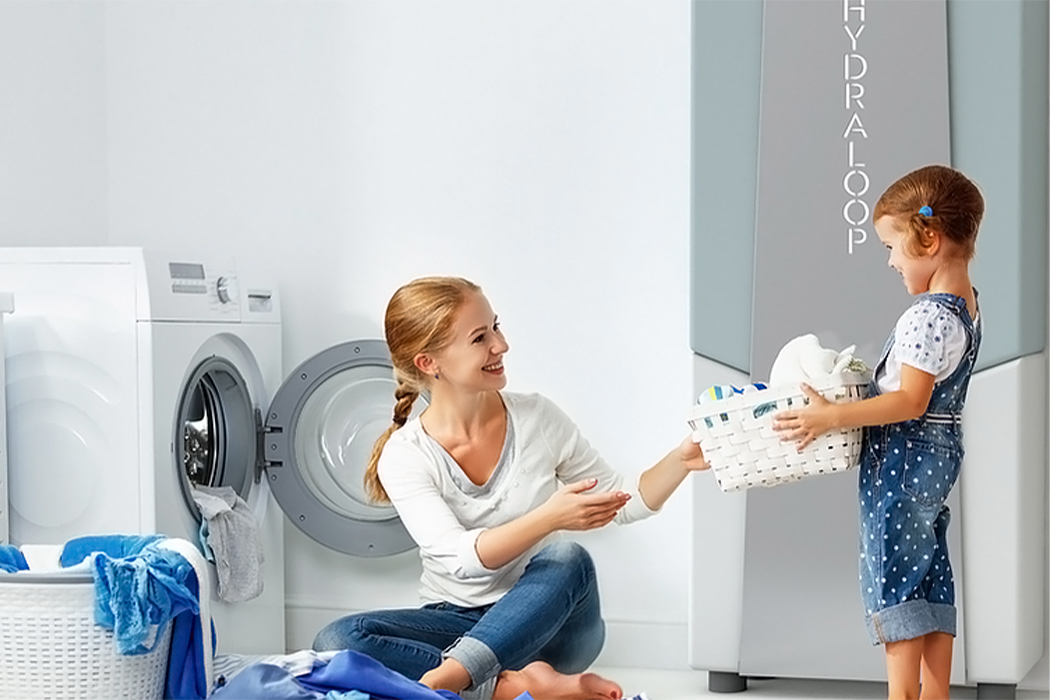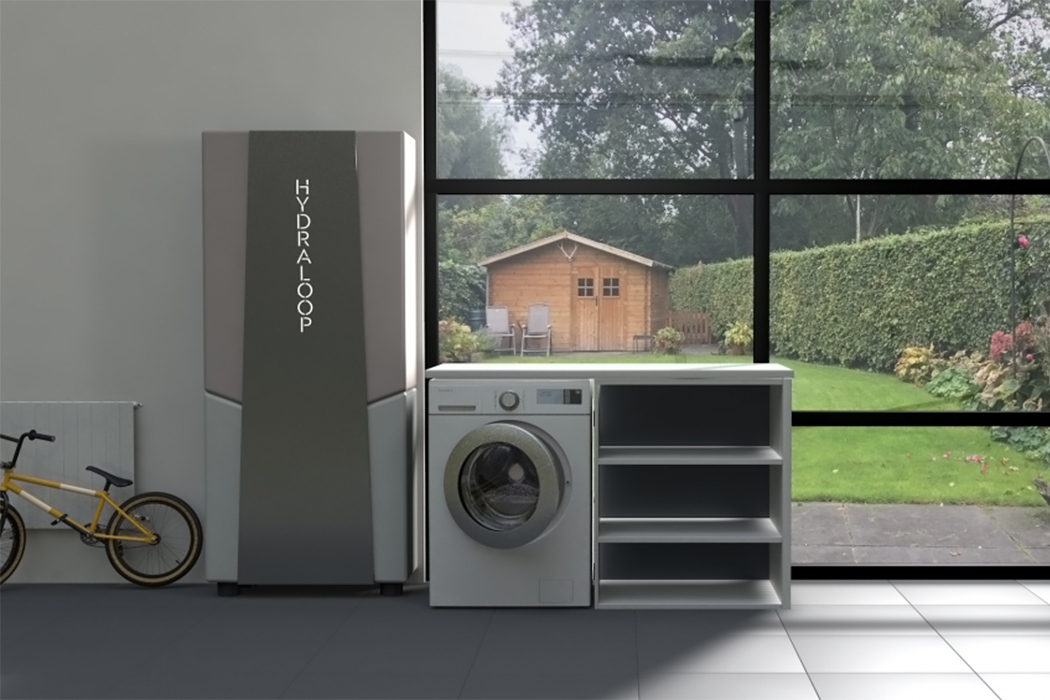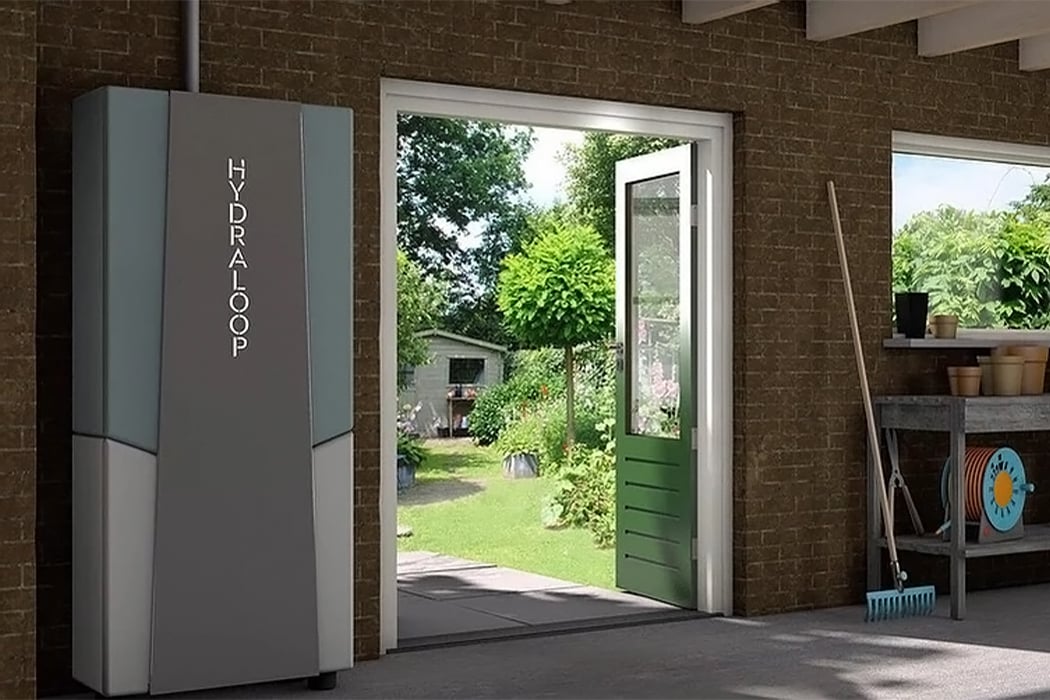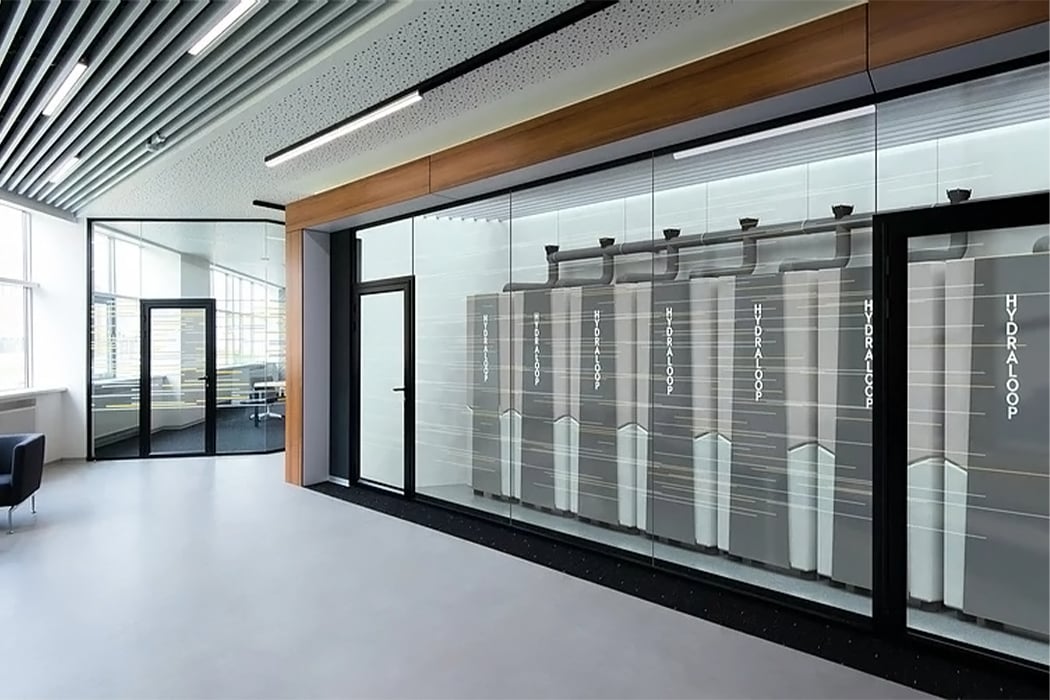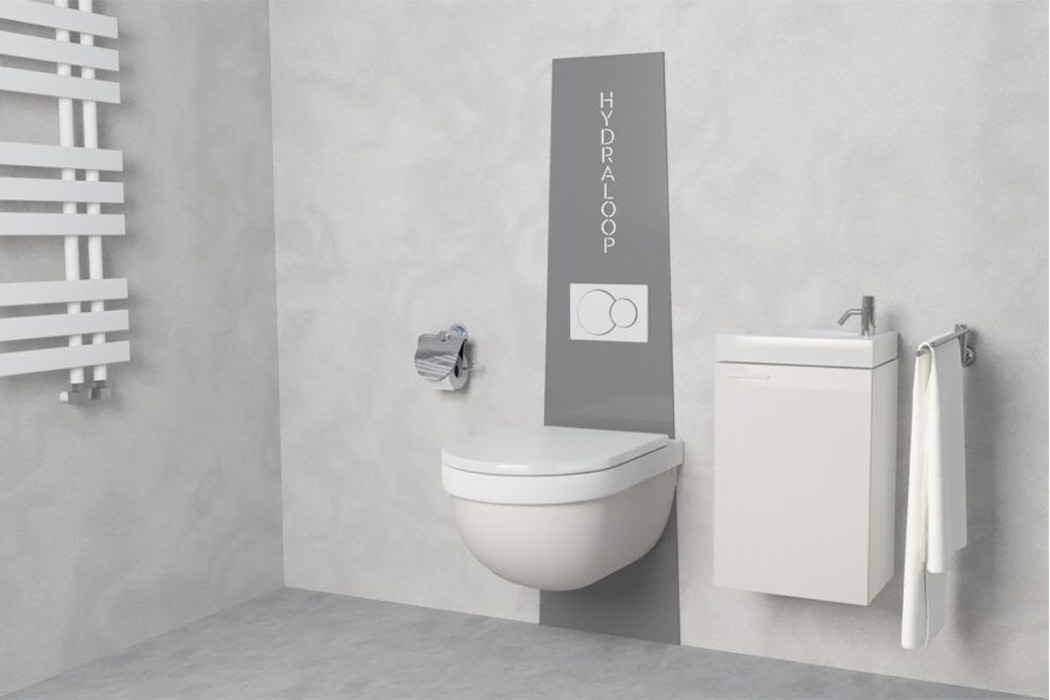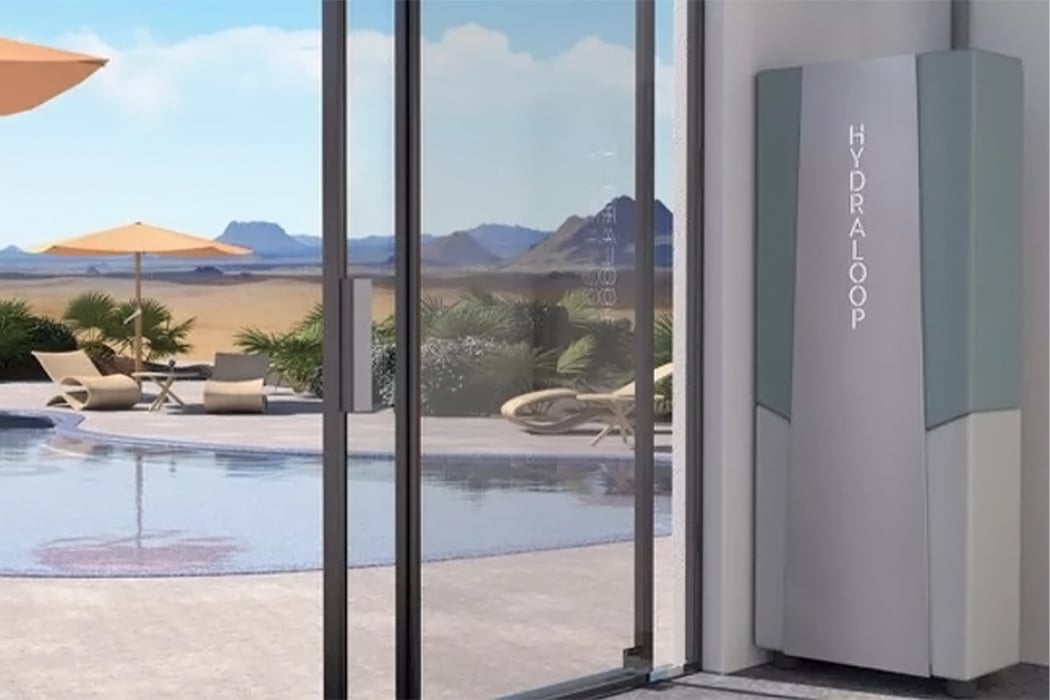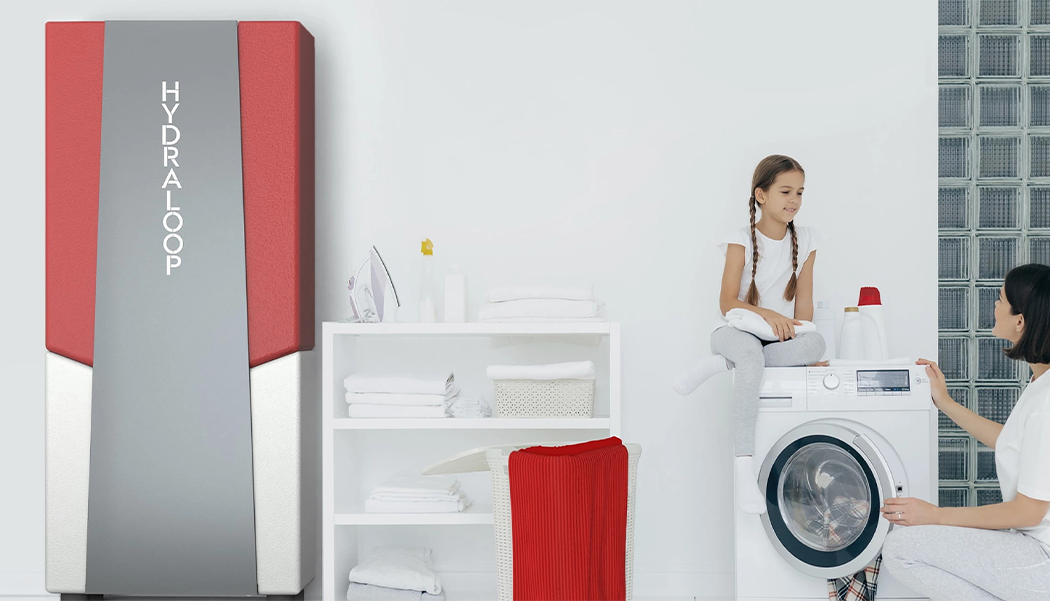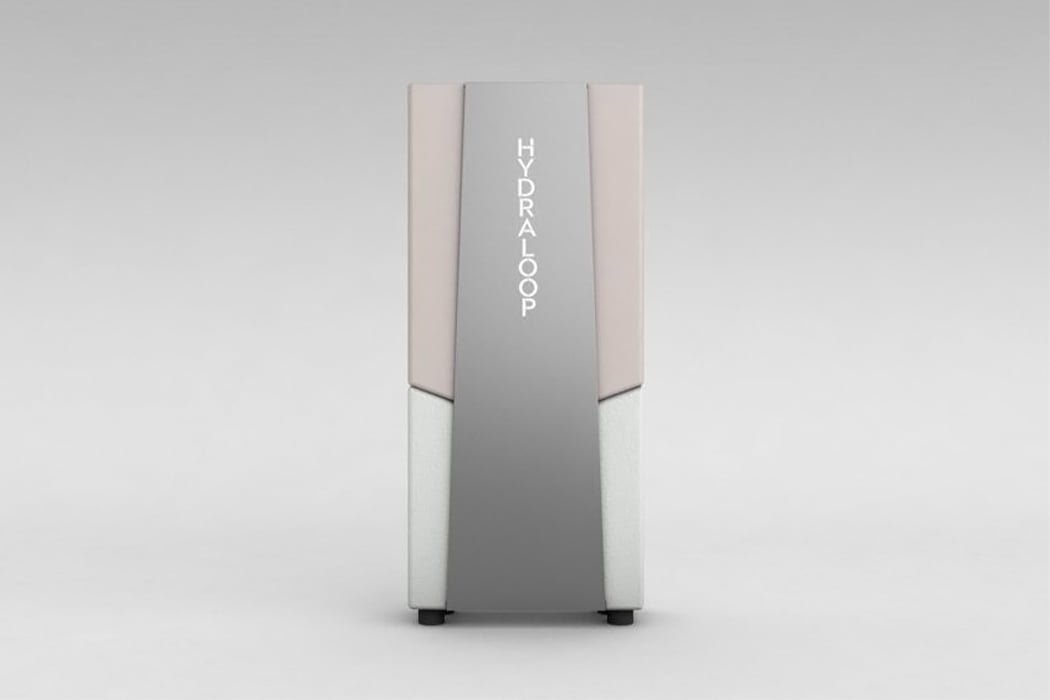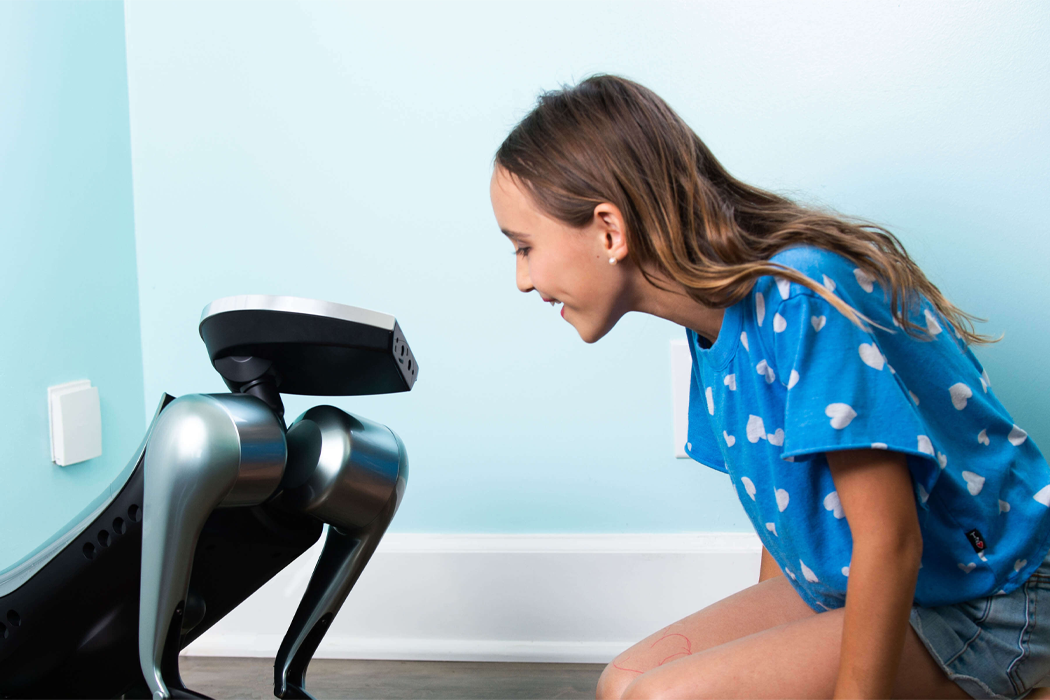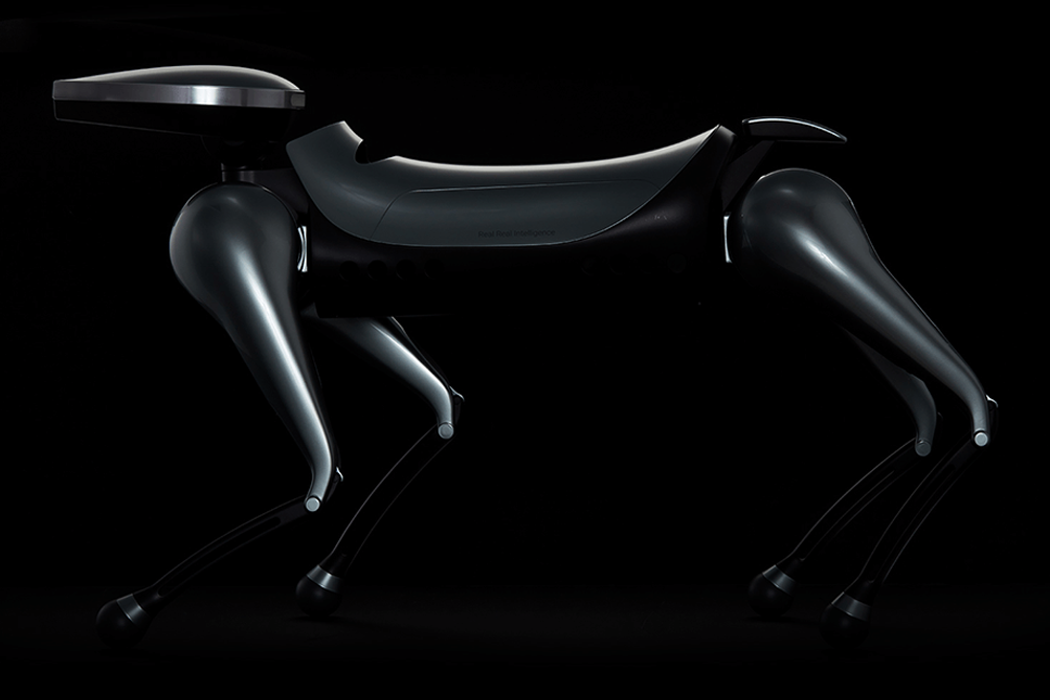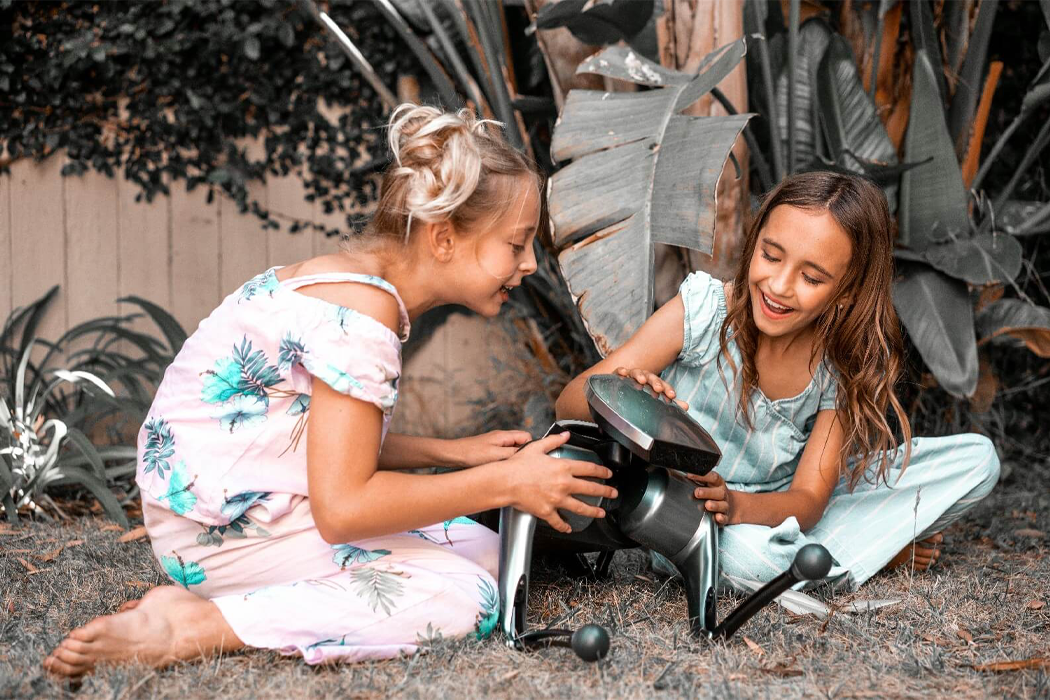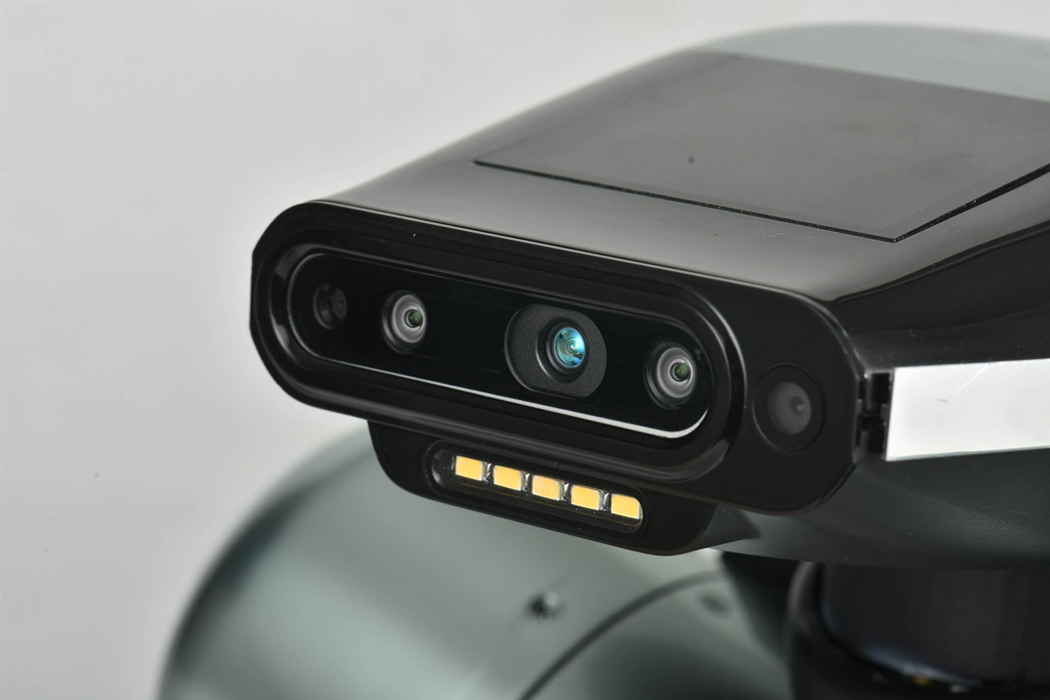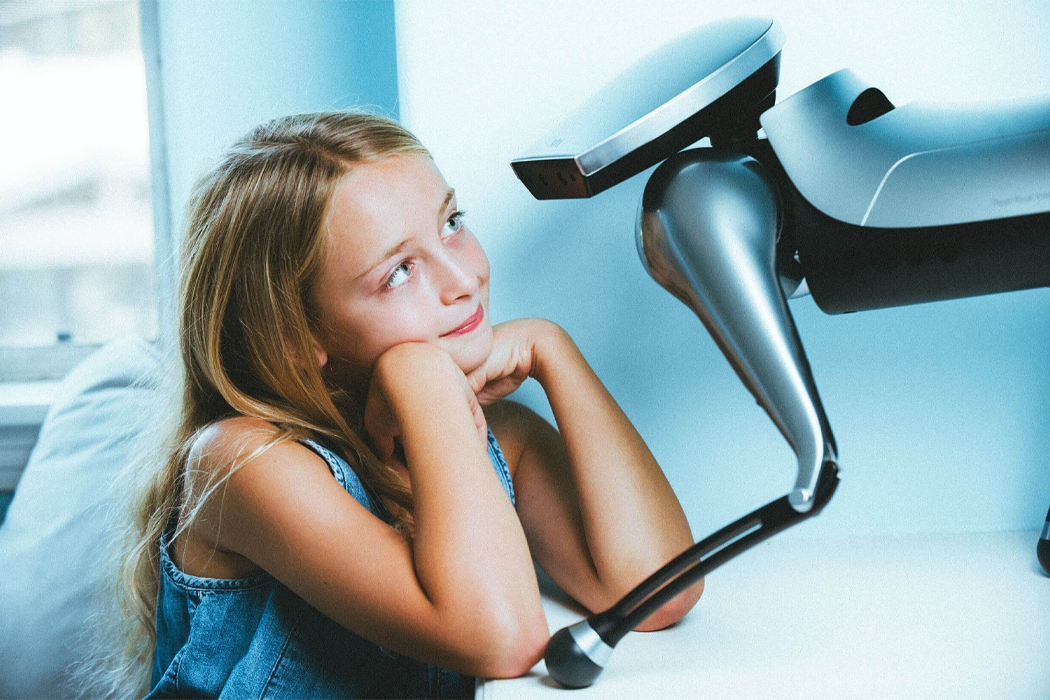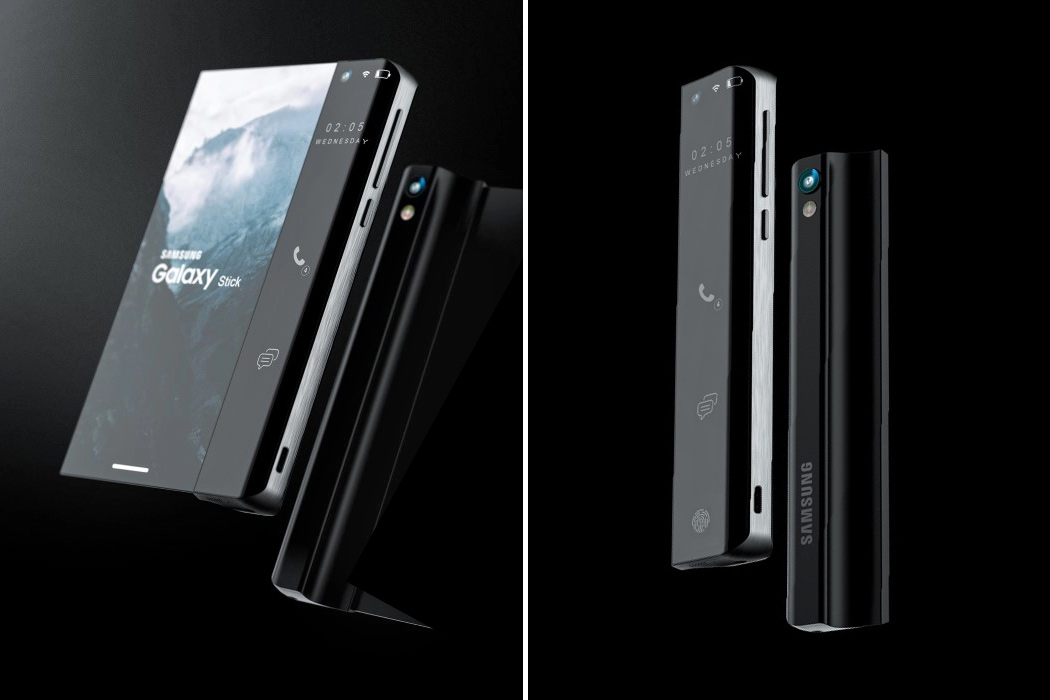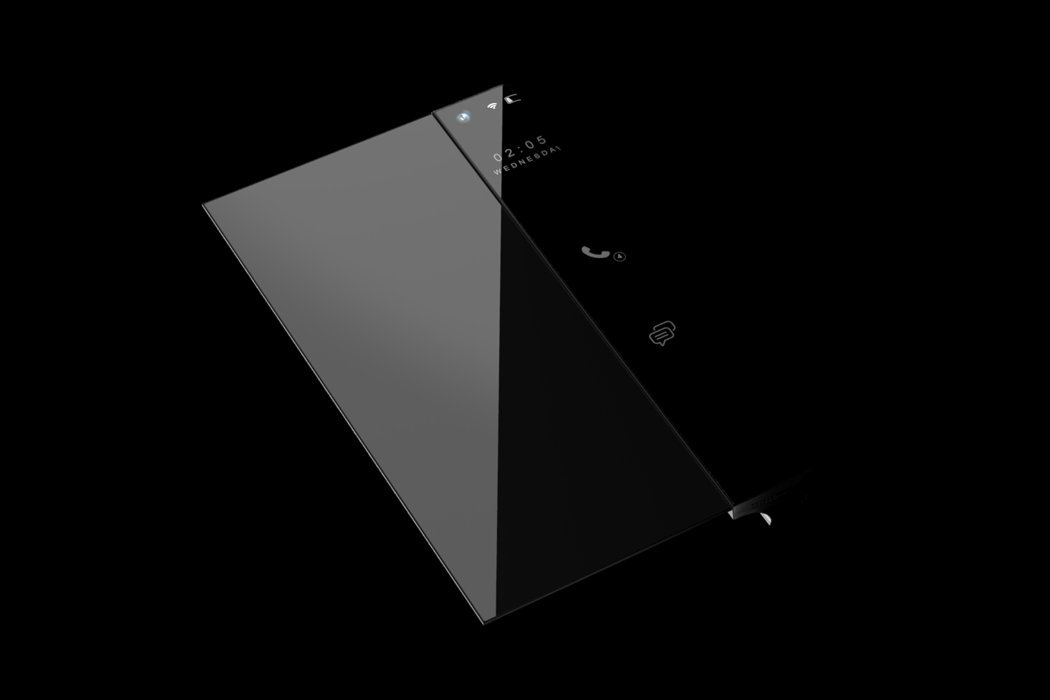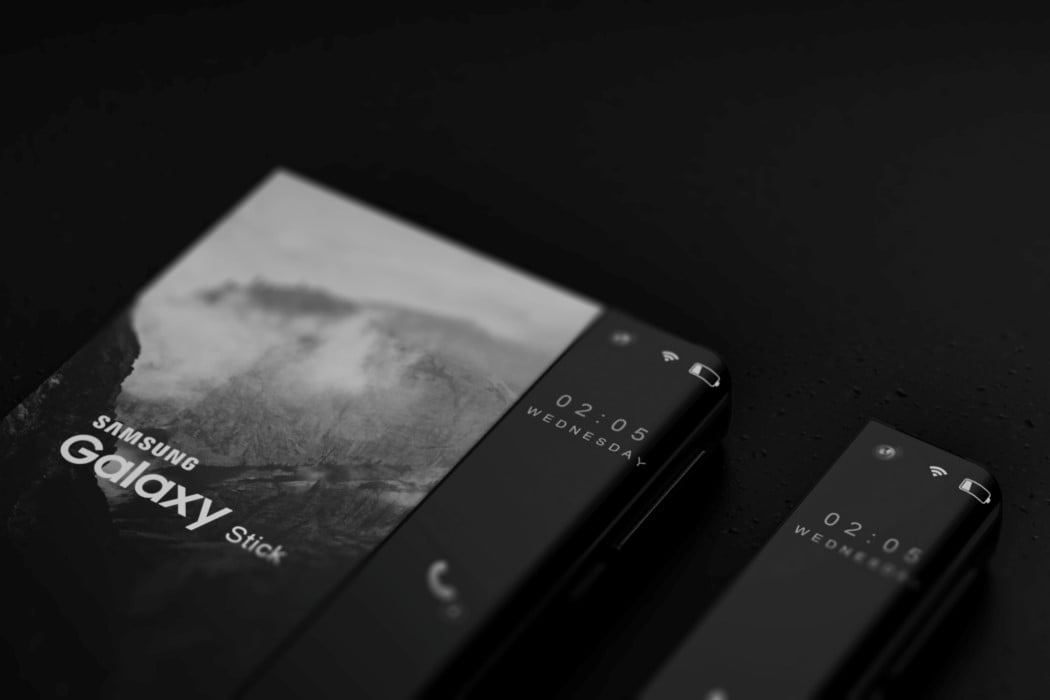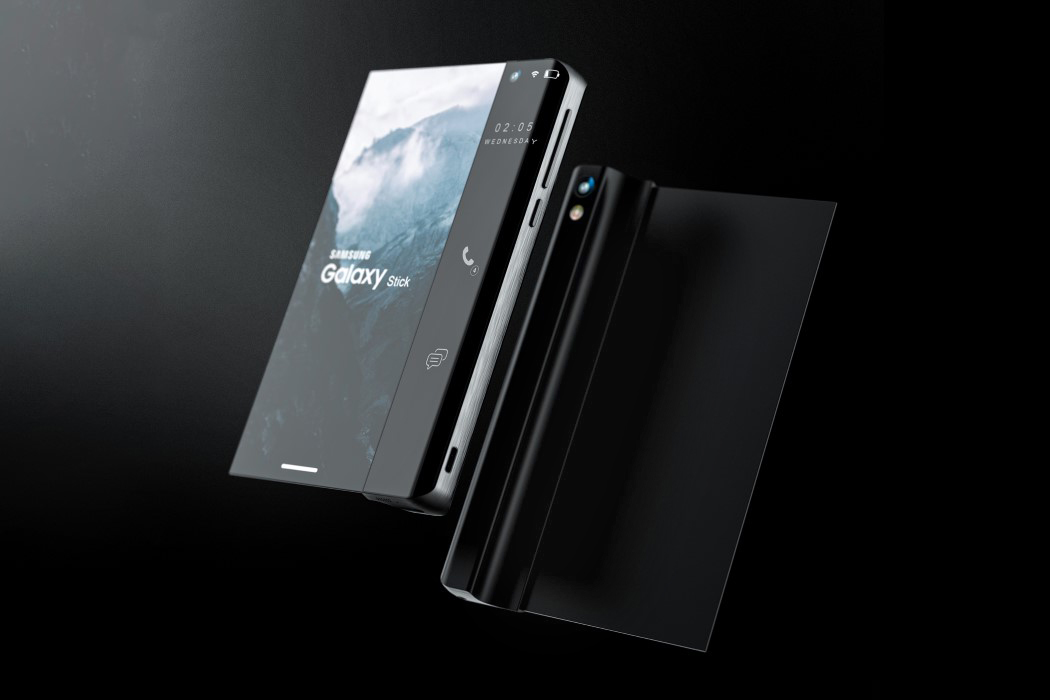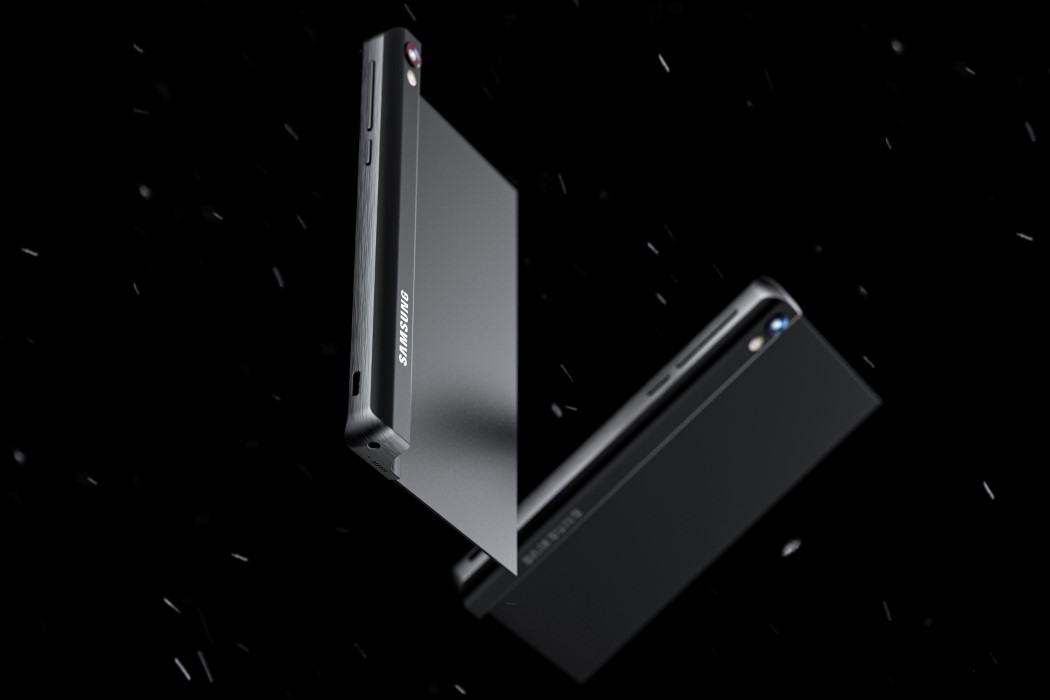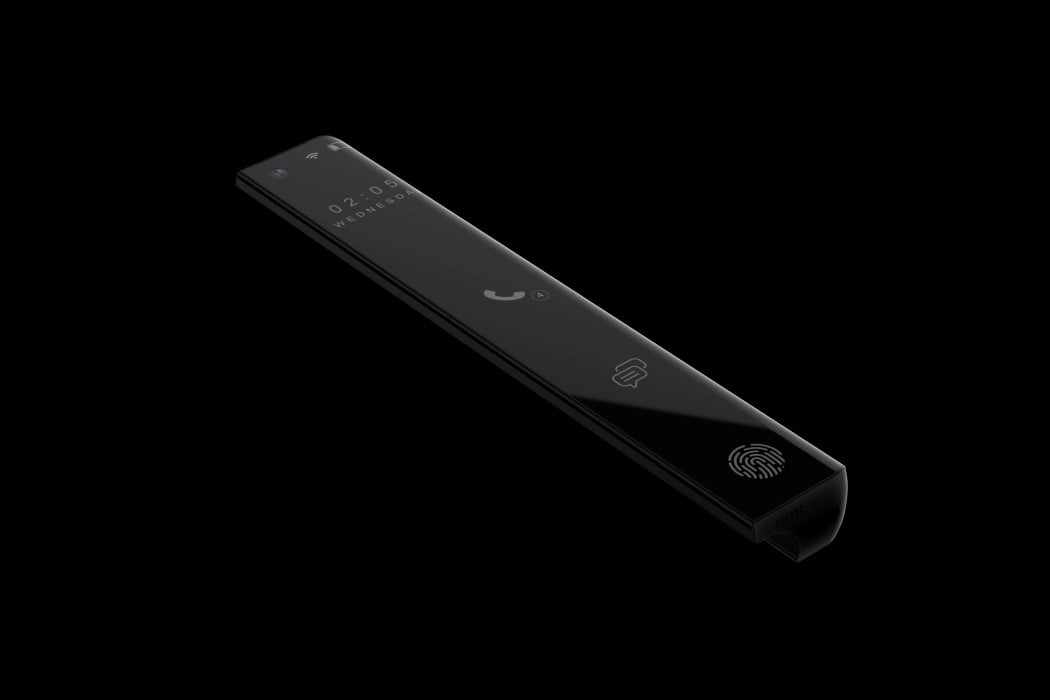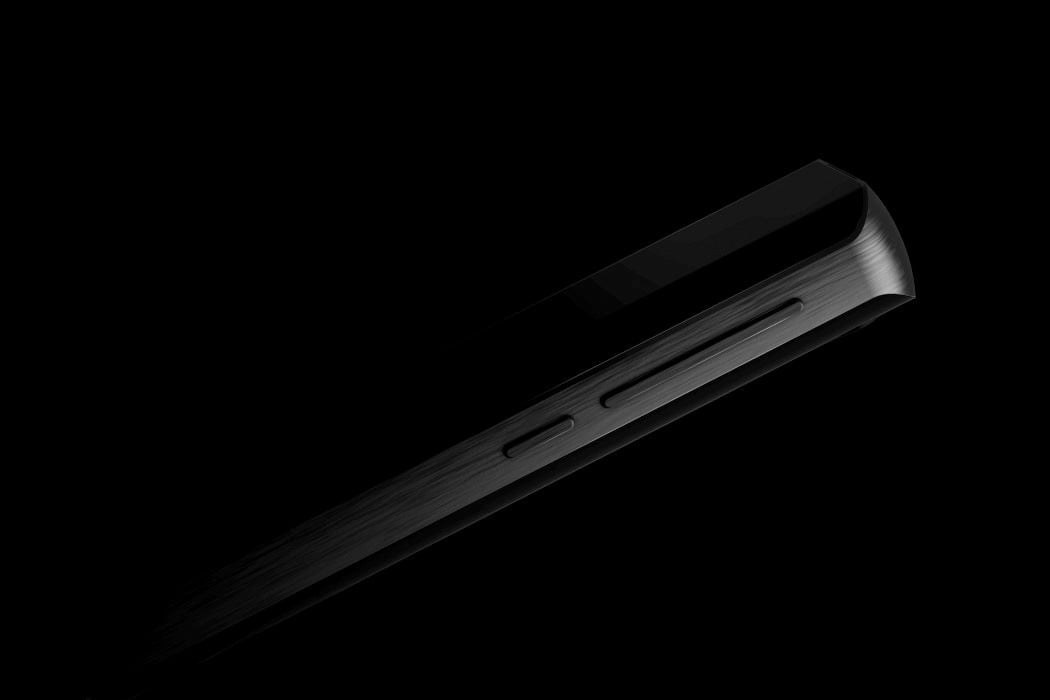While the company has dropped some high-end features, the RGB lit filters remain.
In CES 2021 – the first-ever virtual avatar of the biggest tech event to kickstart 2021 and Razer has come up with an answer to a question on everyone’s mind – how will tech handle our covid infested world? 2021 promises to be the year of solutions, with vaccines rolling out with speed, while realistically, we know that face masks aren’t going anywhere. Razer, the world’s leading lifestyle accessories brand for gamers takes a dip in the face mask world with the Project Hazel, now released as Zephyr.
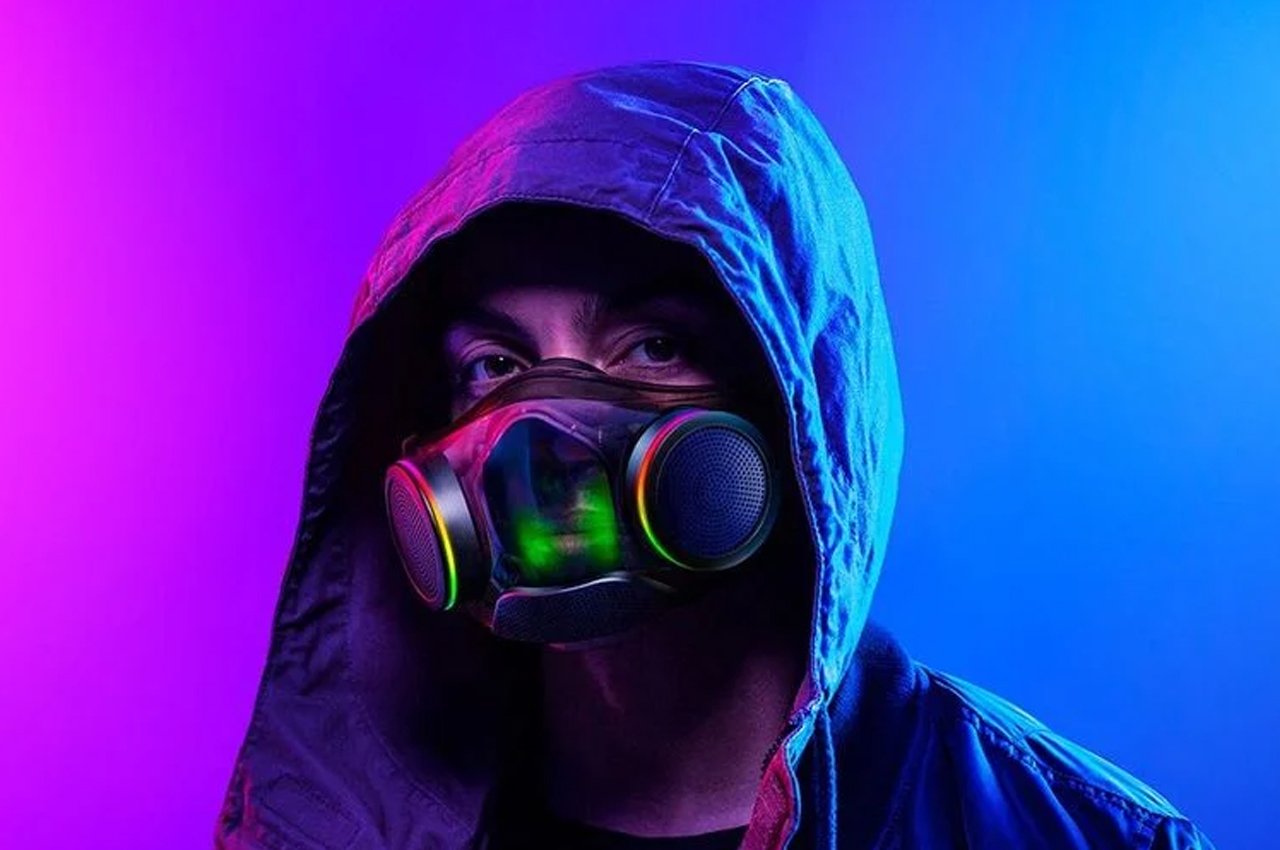
The face mask concept showcased a glossy, waterproof, and scratch-resistant shell, transparent by design to allow for lip-reading, and made from recycled plastic. The main attraction is the two circular ‘Active Ventilation’ discs that sit on the sides of your mouth and hold the reusable N95 filters that give a 95% filtration efficiency.
Every Instagram-worthy gaming setup is in visual sync with each other, why should your mask not be a part of the new normal? Jokes aside, if this is a feature that helps people keep their masks ‘on’ wherever they are, I am all for it. The rings can glow with the color of your choice and the LEDs automatically detect and light up in a low light setting to illuminate your face so you can always be seen talking. How helpful is this feature, that is something we will know only once we actually try it but it does sound good in theory!
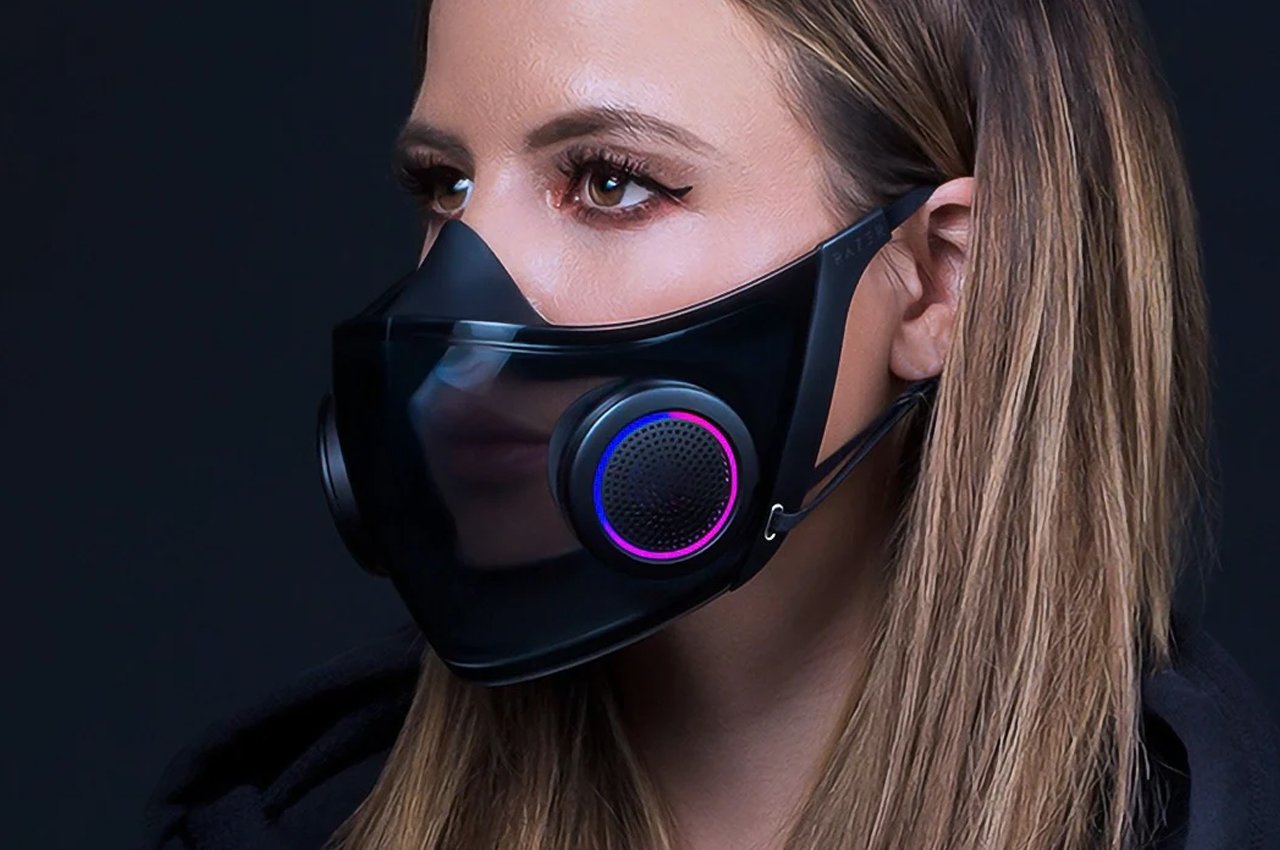
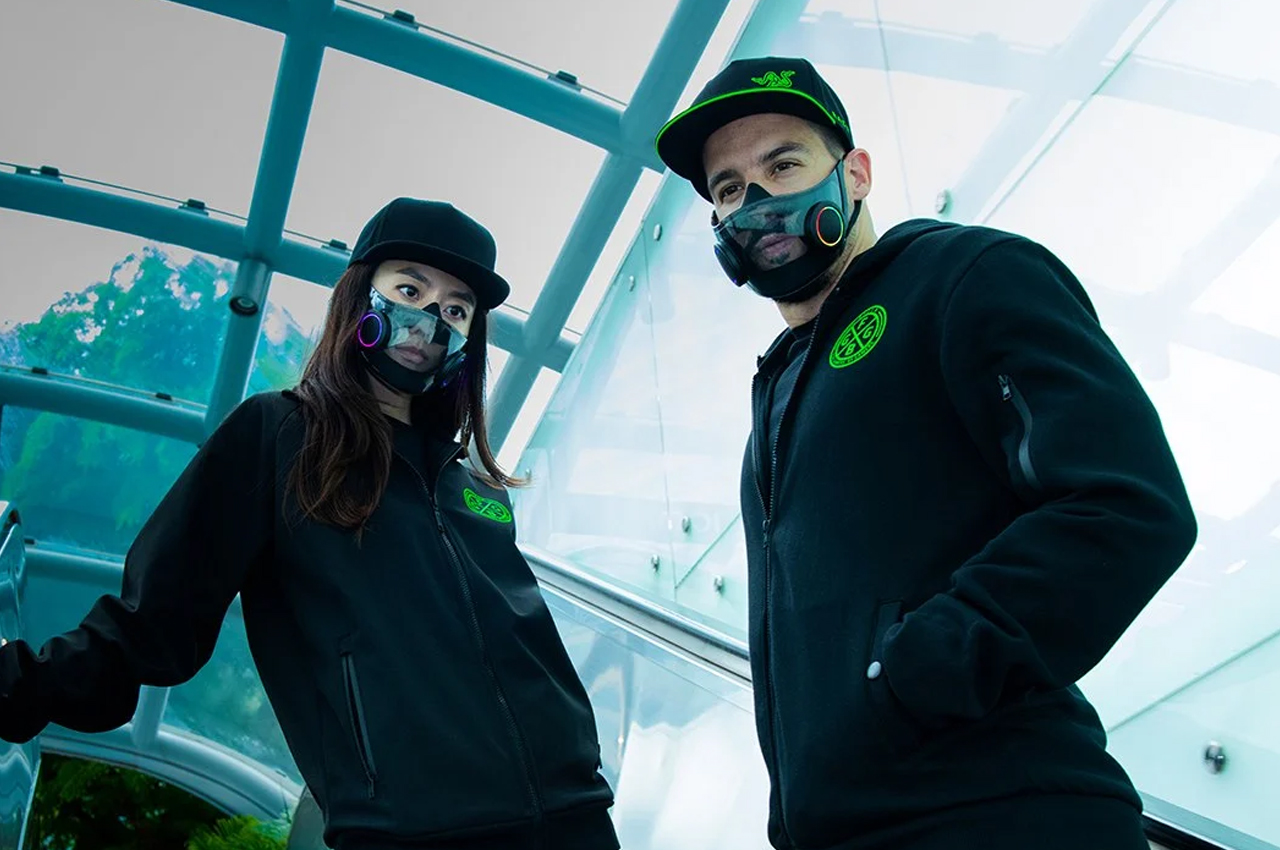
As Razer says, “The Razer Zephyr is not a medical device, respirator, surgical mask, or personal protective equipment (PPE) and is not meant to be used in medical or clinical settings. It is not tested specifically against the COVID-19 virus but offers the same functionality and adequate protection due to its 99% BFE rating.” Razer has dropped the before-promised UV charging case and voice amplification module to save costs.
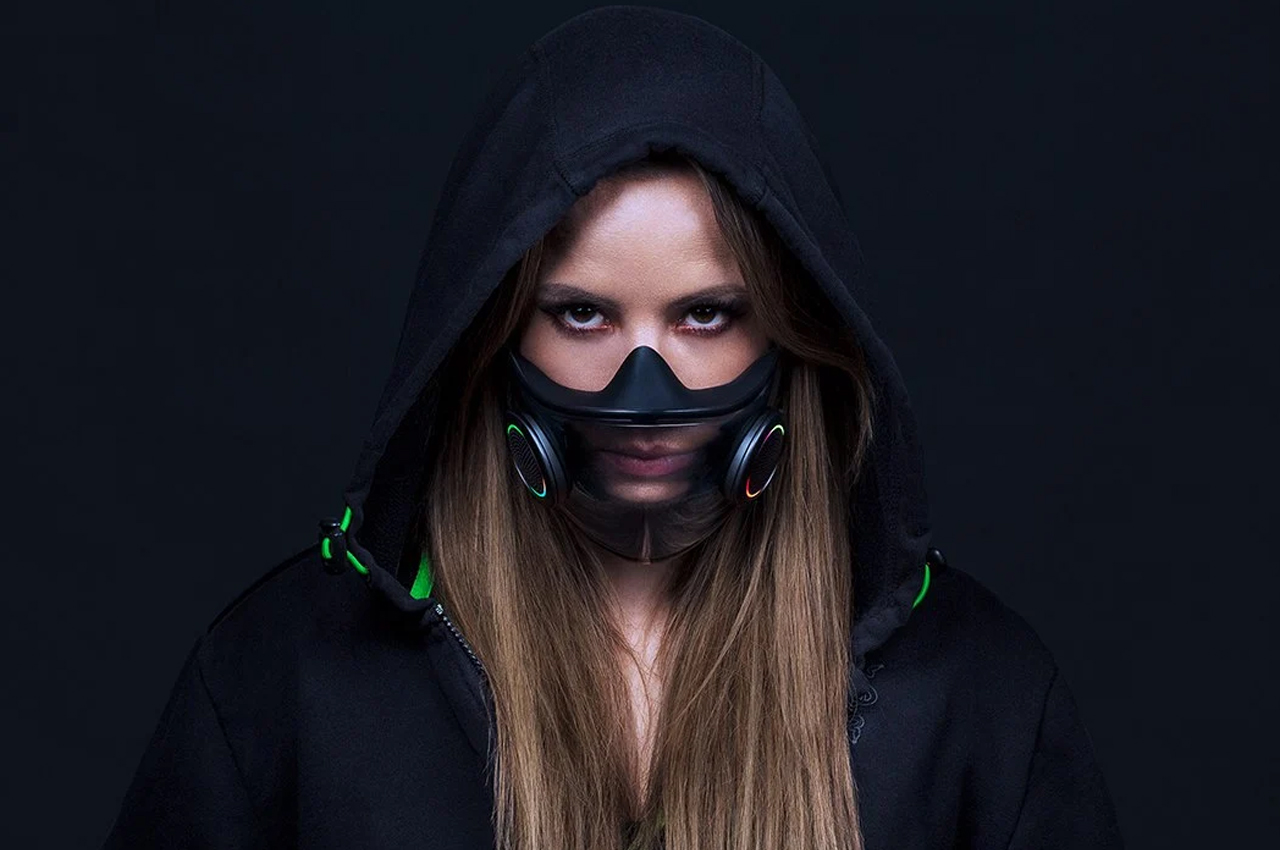
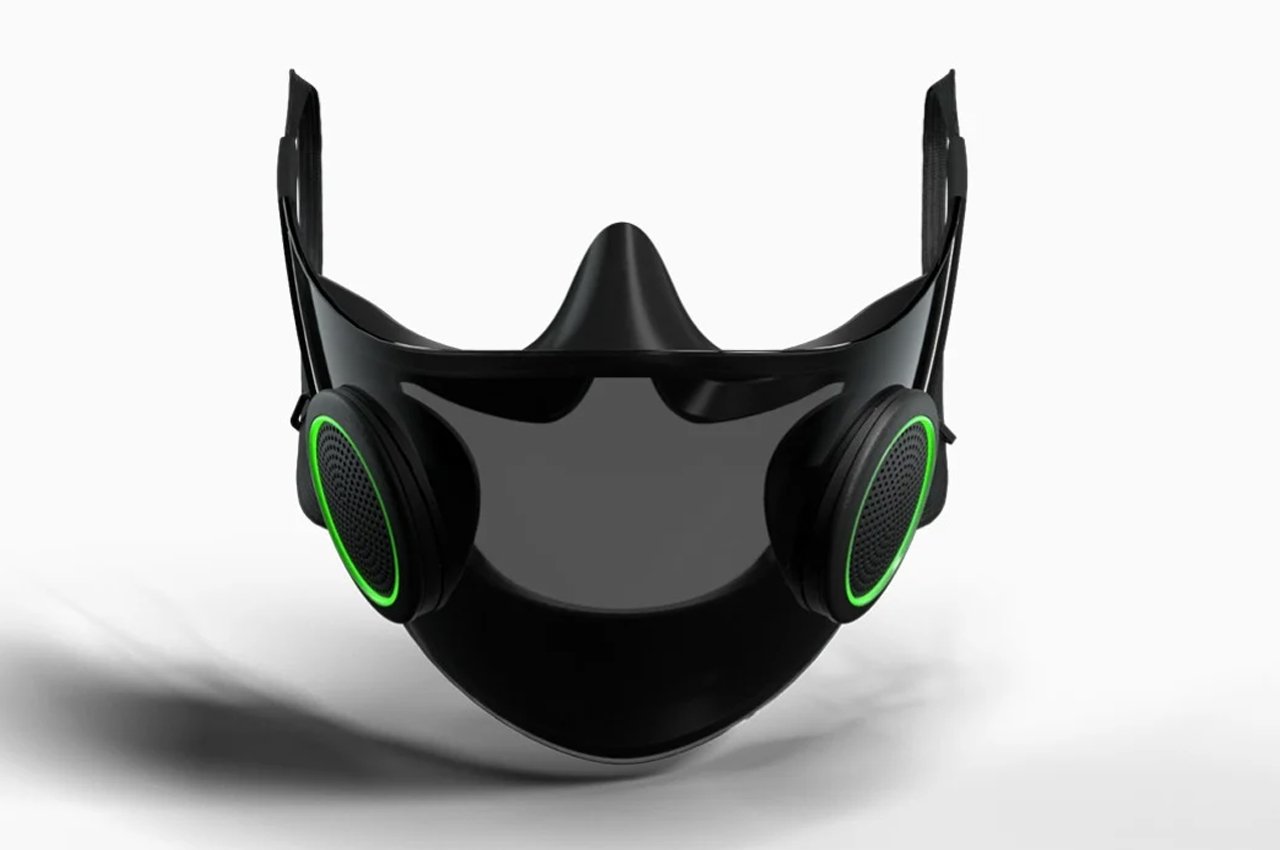
Speaking of specs, the mask is now available on Razer’s site with three pairs of filters tested to last about three days each for a full day’s use. As an add-on, a pack with 10 sets of replacement filters will run $30. You can also buy it in a starter pack with the mask and 33 sets of filters — roughly 3 months’ worth — for $150! The mask weighs 209 grams (7 ounces) and it runs for about 8 hours with dual-speed fans set to low.
The mask is currently made for the masses, with no size variations or even allowances for a beard. Razer was one of the few companies worldwide that converted their manufacturing plants for the creation of surgical masks and wanted to pledge and donate up to a million surgical masks. The mask currently ships with an antifog spray, with Razer recommending that you don’t wipe your mask surface. Given all this, the mask seems more aesthetic rather than a medical wearable, but we’ll wait for further reviews to make a final call!
Designer: Razer
